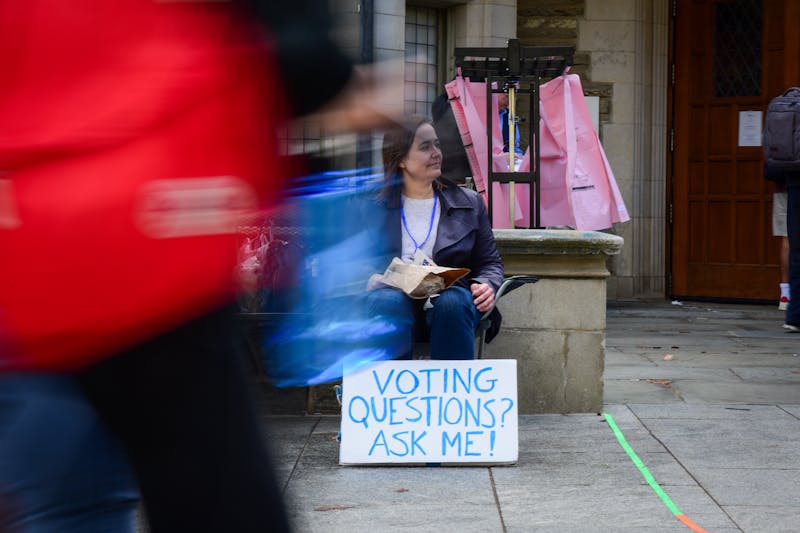The government deal on raising the debt ceiling may hurt some college students.
The deal will result in changes that could make it more challenging for students to pay for the cost of higher education. Such changes include the elimination of subsidized federal loans for graduate and professional students and the removal of loan discounts given to borrowers who make their payments on time, both taking effect next July.
Furthermore, the recent downgrade of the United States’ credit rating could mean that the government will increase interest rates on federal student loans as part of its initiative to reduce spending and lower the national debt.
Associate Vice President of Federal Affairs Bill Andresen said that, for now, the only concrete thing that Penn students will feel is the elimination of the in-school loan subsidy. At this point, other repercussions from the debt deal are speculations, he added.
There were a total of 8,000 subsidized loans awarded to undergraduate and graduate students in Penn’s 2011 fiscal year, Director of Student Financial Aid Bill Schilling said.
For those graduate and professional students who rely on these subsidized loans to pay for their schooling, Schilling worries that the cut will have a “significant impact on whether students matriculate.”
Without the option of these loans — which don’t accrue any interest while students are in school and don’t require payment of the interest on them until six months after graduation — those who are forced into the unsubsidized alternative will graduate with greater loan debts.
Although this brings greater financial burden for graduate and professional students, there is little indication that the government will also eliminate subsidized loans for undergraduates.
And while some government subsidies are on the chopping block, others such as the Pell Grant program, are saved from being cut.
According to Schilling, the “most positive news” about the deal is that “the Pell grant program remains intact and that the maximum Pell [award] will be maintained — at least in the short term.”
In fact, the Pell grant — a federal financial aid program that provides funding for low-income undergraduate students — is preserved by savings from the very subsidies the government is eliminating under the new debt deal.
An Associated Press article stated that the $17 billion in savings from the subsidies reductions would go toward funding the Pell grant in order to “avoid cuts in its immediate future,” thereby allowing it to continue its maximum grant of $5,550 for needy students.
However, this doesn’t necessarily resolve the projected $1 billion shortfall in the program’s operating cost for the 2012 school year, which could lead the government to tighten eligibility requirements and reduce the amount of aid awarded.
Schilling said that more cuts may come because the debt deal mandates a bipartisan committee of lawmakers that will meet to discuss more deficit-reduction legislation by Thanksgiving.
“There’s still round two,” Schilling said. “There are some talks of eliminating the direct loan subsidy all across the board, and that includes [subsidies for] undergrads.”
He also suspects that other higher education programs like the federal work-study or the supplementary educational opportunity grant may face a similar fate.
In the mean time, Schilling and Andresen both said that Penn President Amy Gutmann and the University are committed to making college affordable for students.
Andresen said that Penn has reached out to members of the Pennsylvania’s congressional delegation in an “ongoing dialogue” that underscores the importance of financial aid programs like the Pell Grant and pushes for their continued funding.
The Daily Pennsylvanian is an independent, student-run newspaper. Please consider making a donation to support the coverage that shapes the University. Your generosity ensures a future of strong journalism at Penn.
DonatePlease note All comments are eligible for publication in The Daily Pennsylvanian.







